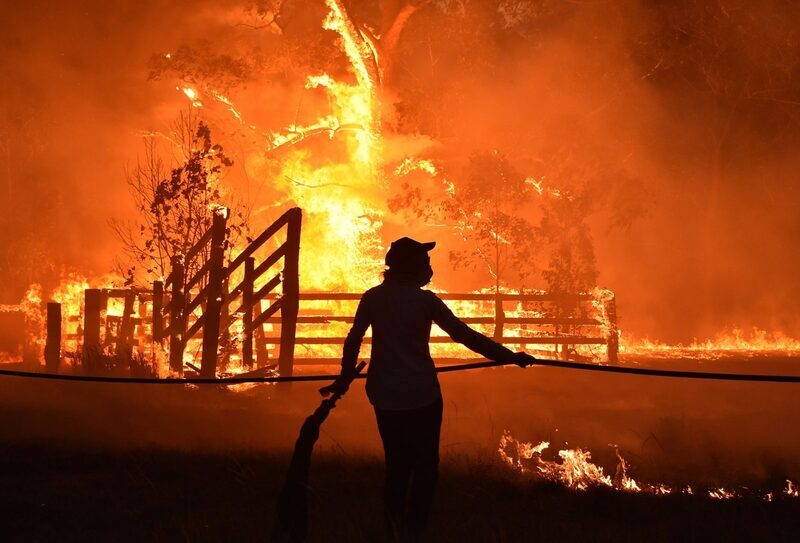
4 countries launch $134 m project to eliminate use of mercury in medical devices
The Governments of Albania, Burkina Faso, India, Montenegro and Uganda have teamed up to launch ...

There is a pressing need for stepping up global climate action with the Global Forest Watch registering over 4.5 million fires worldwide larger than 1 square kilometer in 2019. This is 400,000 more fires than 2018 and two and a half times as many as in 2001. Nearly all – 96 per cent—of the 500 most disastrous megafires of the last decade have occurred during periods of unusually hot and/or dry weather.
The 2019 year was the second hottest year on record (after 2015, where #temperature was 0.63°C above average). The 2020 year should mark an international climate action under plans to cut global emissions by 7.6 percent.
The huge wildfires in Australia, Amazon, California, the Congo basin and Indonesia have drawn the world’s attention to the risks associated with extended periods of unusually hot and dry weather, which is an effect of climate change.
The global average temperature is now 1.1°C higher than at the beginning of last century. Higher temperatures create, in some parts of the world, drier conditions, increasing the likelihood and intensity of wildfires, and megafires.
Megafires, typically defined as covering more than 100,000 acres (40,000 hectares or 400 square kilometers), are accelerated by high temperatures and drought. They are extremely challenging to contain, usually only limited by the amount of available burnable vegetation.
By the close of 2019, Brazil, the Democratic Republic of the Congo, the Russian Federation and the United States all experienced megafires on what many have called unprecedented scales.
Reports from Australia say that over 10 million hectares (100,000 square kilometers, an area the size of England) had burned by the second week of January, leaving human fatalities and destroyed homes. An estimated billion animals are likely to have died directly or indirectly, with a high price tag to the Australian economy and with impacts extending to industries such as farming and tourism.
Global temperature increase has been marked by successive record summer heatwaves in Australia. The average maximum temperature across the continent was above 40°C on 11 days in the month, surpassing the previous annual record of seven, set just in 2018. Only four days between 1910 and 2017 averaged more than 40°C – two in 1972 and two in 2013.
The twin weather extremes of drought and heatwaves only increase the risk of recurring catastrophic fire seasons for Australia.
“Megafires may well become the new normal as global temperatures continue to rise,” says Niklas Hagelberg, a United Nations Environment Programme (UNEP) climate change expert.
“Governments, companies, industry and the public in G20 countries, who are responsible for 78 percent of greenhouse gas emissions, must set targets and timelines for decarbonization,” says Hagelberg. “We must embrace the potential and opportunities of a world powered by renewable energy, efficiency technologies, smart food systems and zero emission mobility and buildings.”
The reality is that this is the world we live in with 1.1oC of warming. These record temperatures, heatwaves and droughts are not anomalous, they are the beginning of a new norm.
As fires smolder across the remains of devastated communities, and threaten yet more new ones today, as international assistance has been urgently drafted in to help Australia, a well-resourced country used to seasonal bushfires, it appears that we are woefully underprepared to face our future reality.
2020 is the year that governments will meet to take stock of and increase the ambition of their commitments to climate action. It is the year that global emissions must drop by 7.6 per cent and by 7.6 per cent again every subsequent year until 2030 in order to limit global temperature rise to 1.5oC.
The insight these bushfires give into the humanitarian, ecological and economic catastrophes of a changing and warming climate are a somber reckoning not just for Australia but for the whole world watching.
The Governments of Albania, Burkina Faso, India, Montenegro and Uganda have teamed up to launch ...
Paragon Developments has teamed up with Adeer International, PMaestro alongside their German partner, QNTF, to ...
Crédit Agricole Egypt Foundation for Development and Schneider Electric have successfully concluded the Second Phase ...


اترك تعليقا